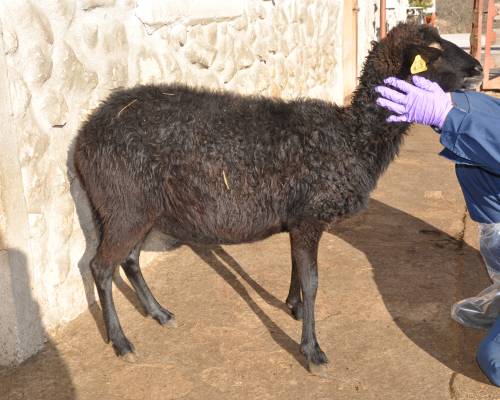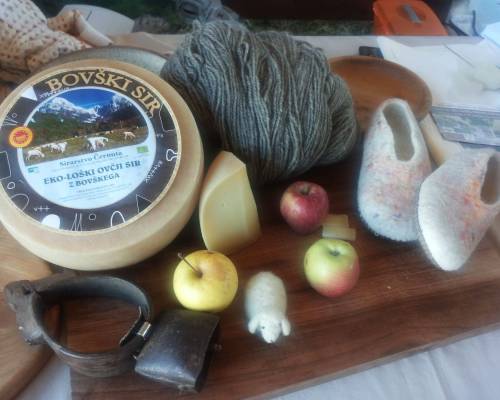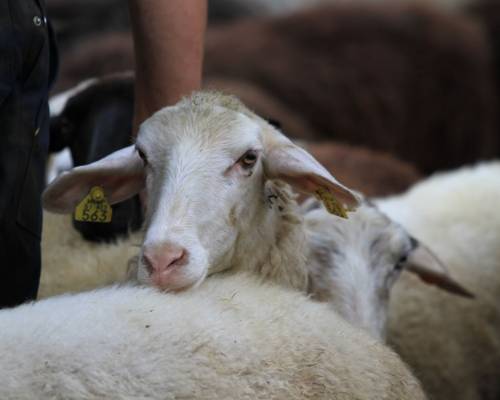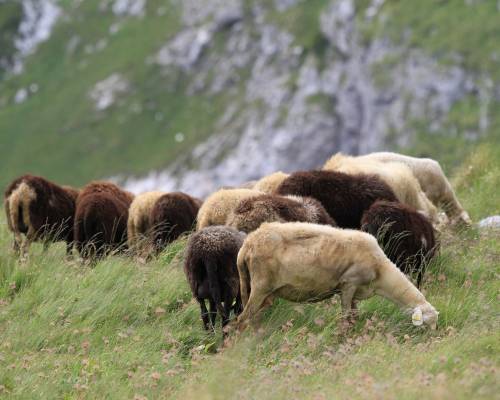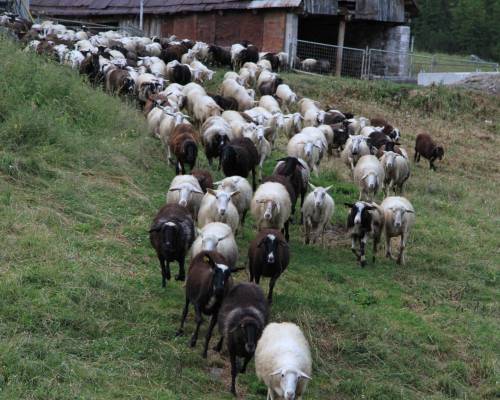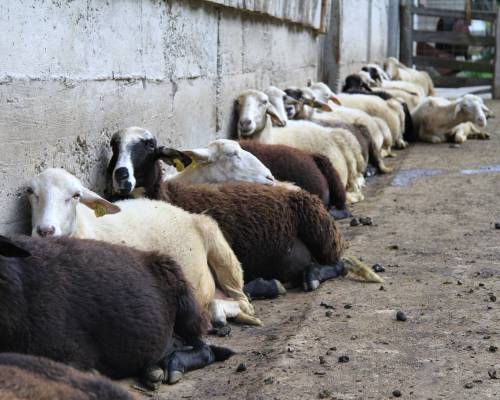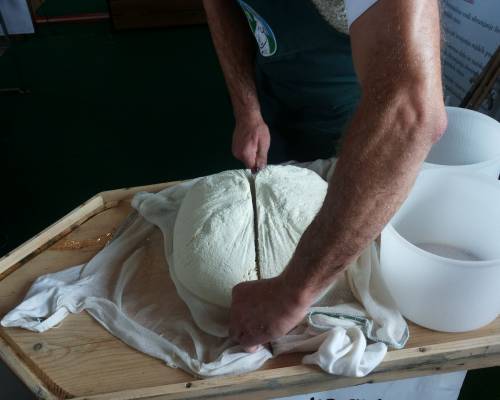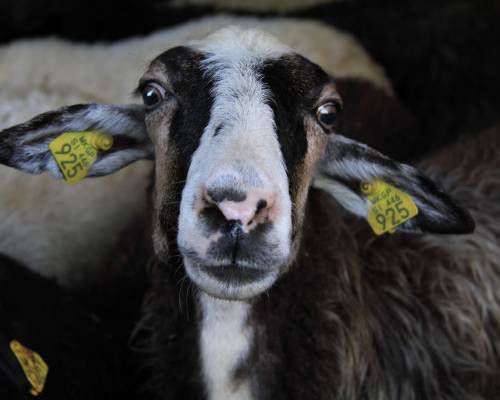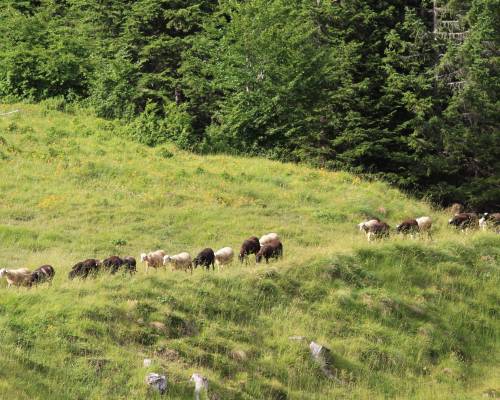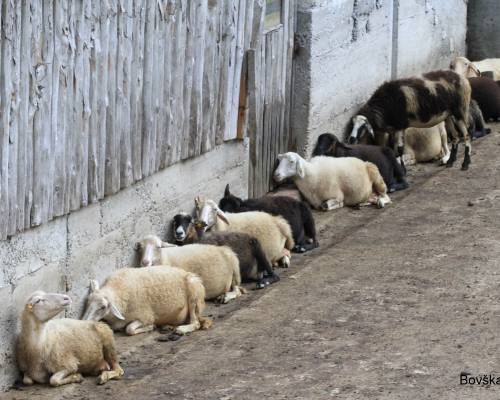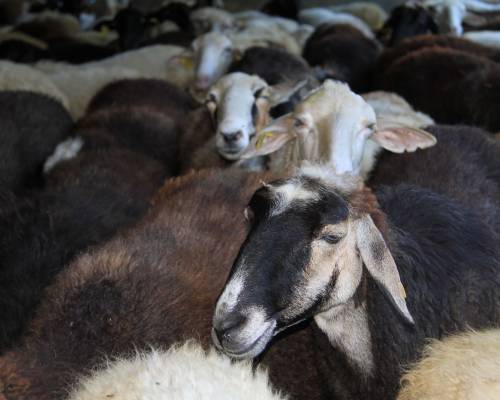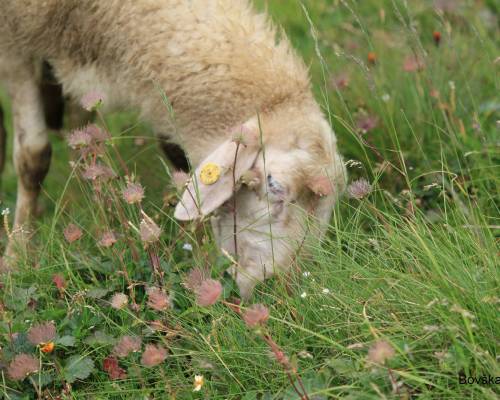Bovec sheep
Origin and Development of the Breed
The Bovec sheep, known locally as “Bovška ovca" or “trentarka" in the Trenta Valley, originated in the northwestern part of Slovenia, particularly in the Soča Valley around Bovec and Tolmin. This breed developed from the indigenous white sheep once widespread in the Alpine regions, likely through the crossbreeding of dairy and wool-producing sheep. Historically, the Bovec sheep has been renowned for its excellent milk production.
Breed Characteristics
Bovec sheep are predominantly white, though black-and-white and brown individuals also occur. They have small heads covered with wool up to the ears, and some exhibit a tuft of wool on the forehead. The nasal profile is straight, and the small ears protrude sideways. Their wool is coarse. Ewes have a withers height ranging from 45 to 55 cm, while rams are less than 65 cm tall. Adult ewes weigh over 45 kg, and rams over 50 kg. Bovec sheep are seasonally polyestrous, lambing once a year, with an average litter size of 1.2 lambs. In well-managed flocks, average milk yield exceeds 270 kg, with 7.1% fat and 5.8% protein content.
Breed Distribution and Endangerment
The Bovec sheep is primarily found in the northwestern part of Slovenia’s Goriška statistical region, especially concentrated in the Soča Valley. The breed is considered critically endangered, with approximately 3,000 animals registered in the original herdbook.
Did You Know ...
... that the renowned polymath Johann Weikhard von Valvasor mentioned Bovec cheese in his 1689 work "The Glory of the Duchy of Carniola"?
Number of animals
Farm locations
Breeding Purpose and Products
The primary purpose of breeding Bovec sheep is for milk and lamb production, with wool being a secondary product. Farmers process the milk into Bovec cheese, which has held European Protected Designation of Origin status since 2012. By-products include albumin curd and whey. These sheep are well-adapted to harsh rearing conditions and grazing on steep mountainous pastures, contributing to a favorable fatty acid composition in the milk. Grazing also serves as an effective method for maintaining and preserving steep alpine meadows, preventing overgrowth.


